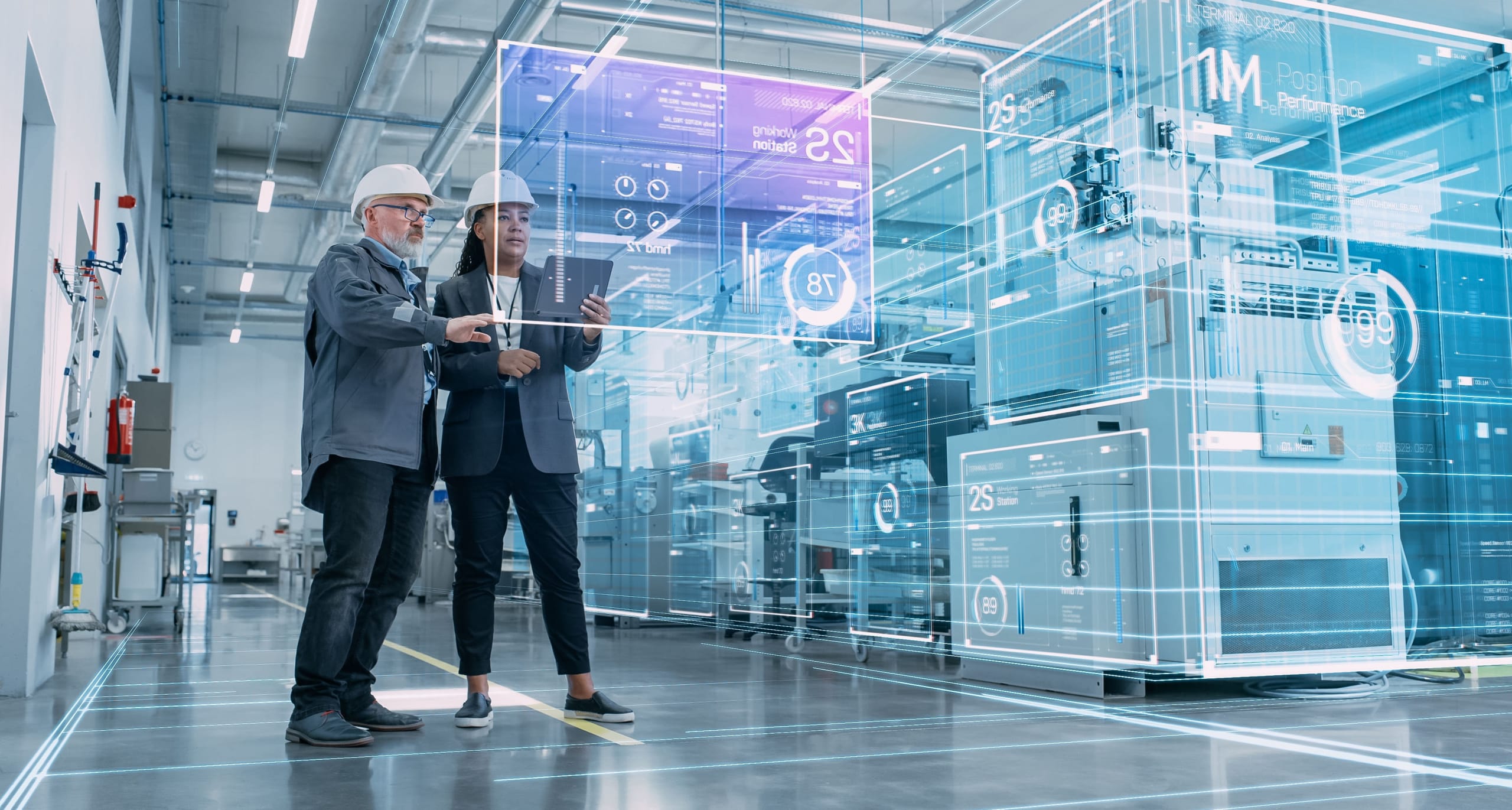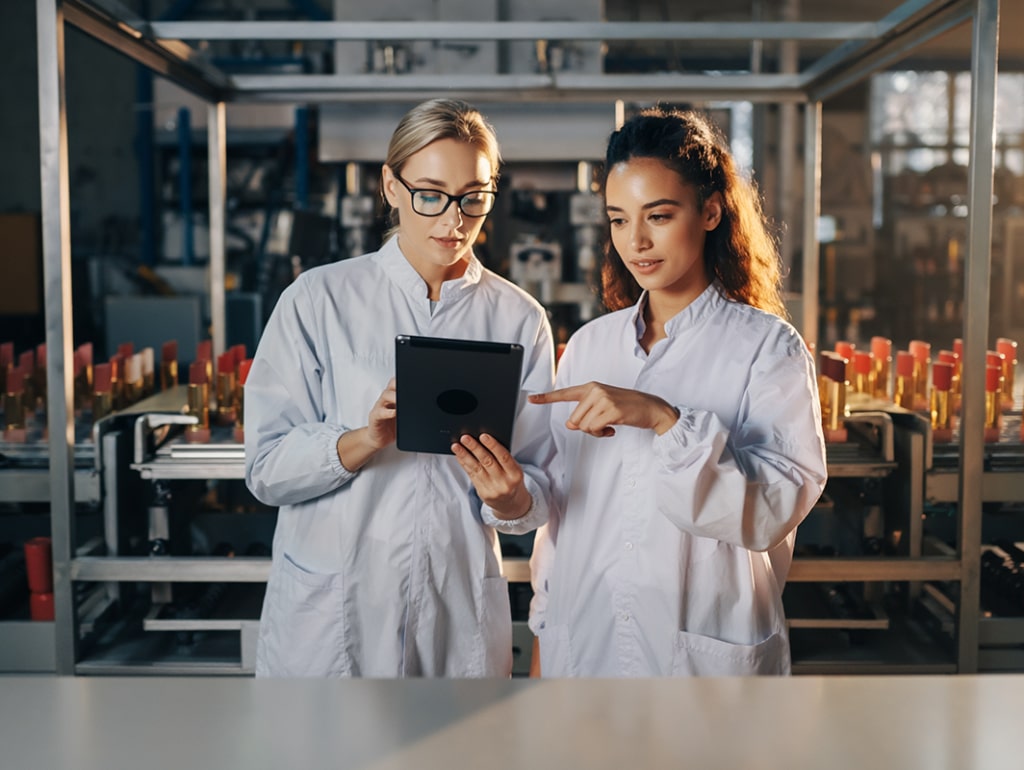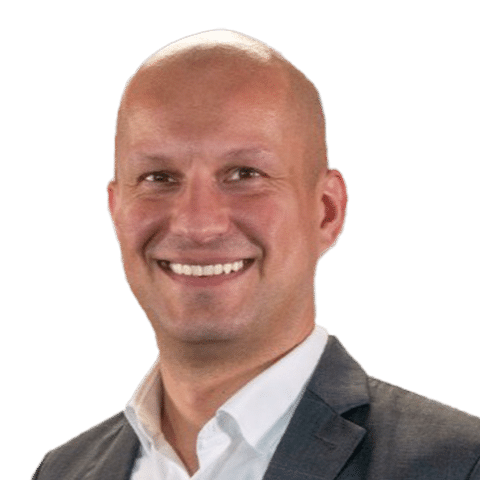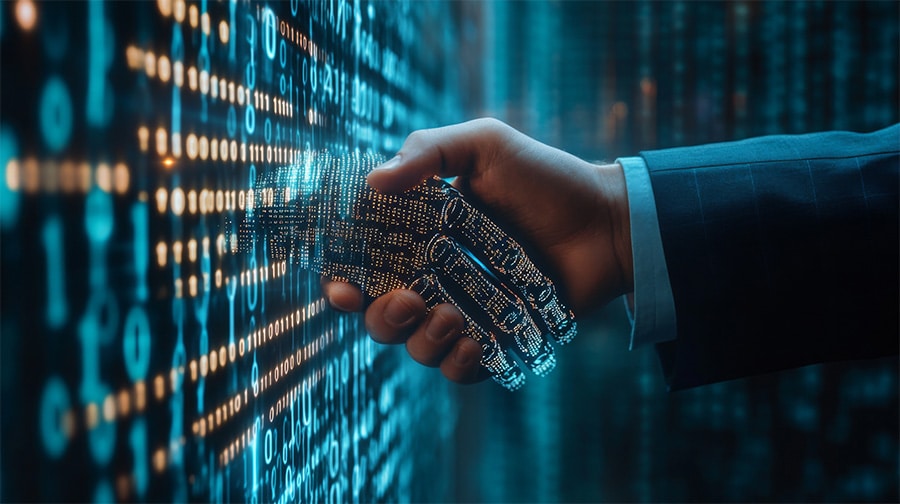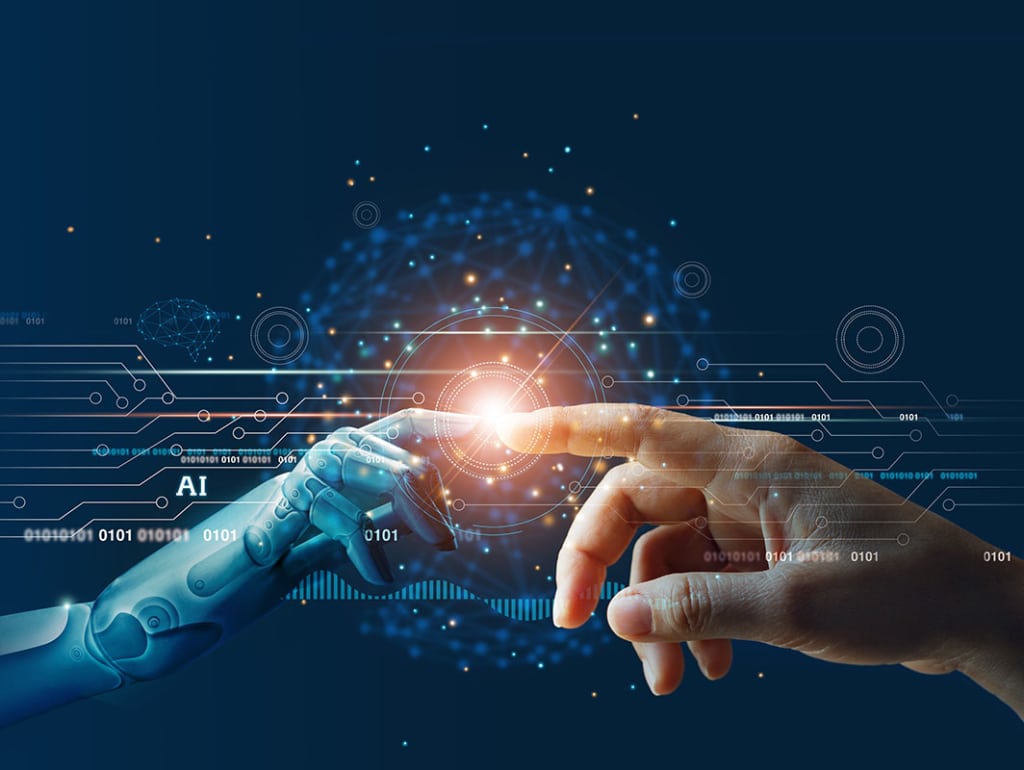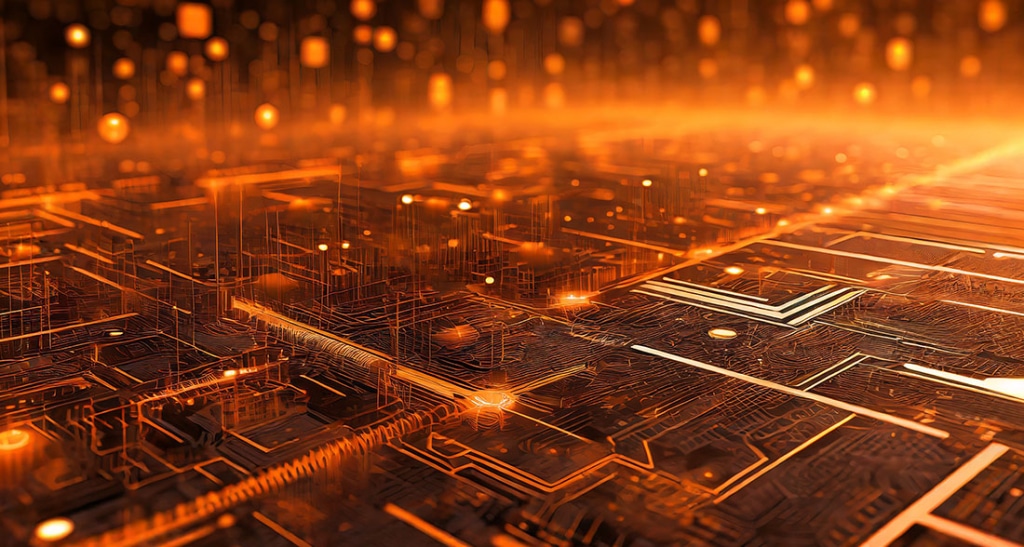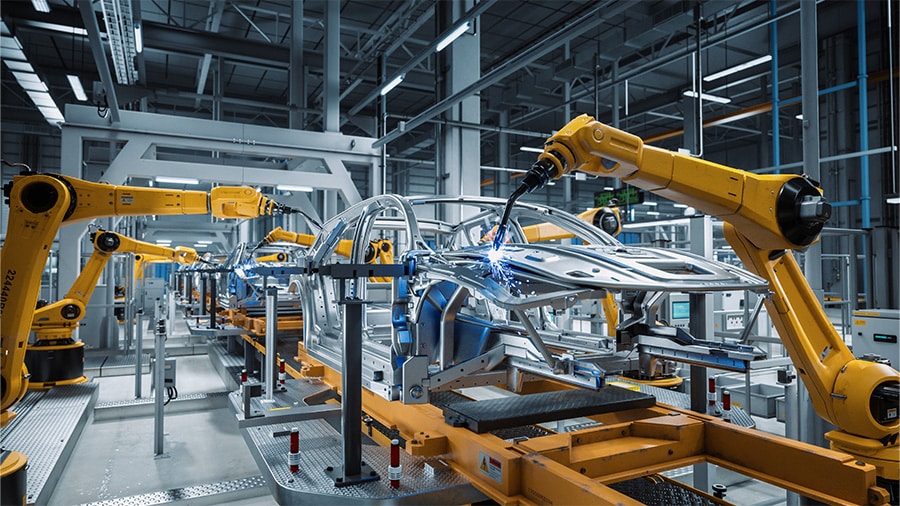Production cost savings


Unlock your Operational Value with Data and AI
Data and Artificial Intelligence (AI) are radically reshaping how companies operate, make decisions, and compete. From the shop floor to the boardroom, AI is becoming the defining lever for value creation and long-term competitive advantage. Today’s most promising opportunities for value creation are driven by automation, Industry 4.0. Yet many organizations struggle to turn potential into performance. The challenge isn’t technology alone. It’s about embedding digital and AI into real operations with speed, scale, and sustainability. Without this, companies risk falling behind more agile competitors, wasting investments, or missing out on critical synergies.
EFESO helps you move from concept to measurable impact. Working alongside your teams, we focus on high-impact use cases, accelerate adoption, and build capabilities that endure. The result: smarter decisions, stronger performance, and lasting competitive advantage.
Meet our Digital & AI Leaders
Start the ConversationReal Results Achieved with our Clients
By partnering closely with industries, tailoring solutions, and setting clear objectives, we deliver results that are both measurable and meaningful. Examples of results we’ve delivered:
Scrap reduction
Forecast accuracy
A Tailored and Pragmatic Approach that Fits your Reality
Digital and AI deliver real impact only when strategy, operations, and people move in sync. We work side by side with our clients to embed AI into everyday operations, ensuring every initiative generates tangible value while laying the groundwork for future innovation. Our experts support complex transformations by combining change management, leadership coaching, and governance frameworks that keep initiatives structured and sustainable.
At the same time, we deliver digital programs with speed and precision: identifying high-value use cases, designing scalable solutions, and implementing them hand-in-hand with your teams. Our expertise spans smart factory planning, robotics, advanced manufacturing, and IT/OT integration. By blending data science with process know-how, we enable predictive maintenance, quality improvements, and advanced forecasting.
Digital Factory Model
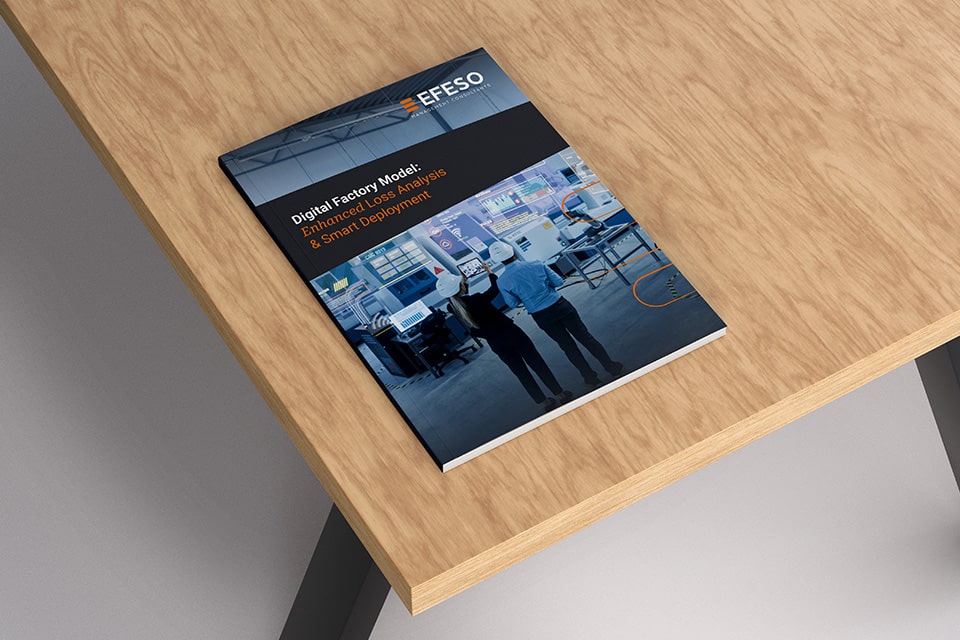
Explore our digital factory model whitepaper designed to optimize and take your factory to the next level with proven methods, practical tools, and real-world insights. Focused on eliminating inefficiencies, reducing waste, and optimizing operations, our solution guides you from identifying high-impact use cases to scaling digital solutions across the value chain, with clarity, confidence, and measurable results.



AI Immersion Program
EFESO Management Consultants presents its “AI Immersion Program”, a hands-on, executive-level journey into the world of industrial AI. Designed to equip leaders and teams with practical knowledge, the program blends foundational concepts, strategic insights, and applied exercises to turn AI potential into real business value.
Through interactive workshops, real-world case studies, and guided co-creation sessions, participants gain the skills and confidence to implement AI solutions effectively. It fosters leadership alignment, strengthens decision-making, and builds lasting capabilities for sustainable digital transformation.
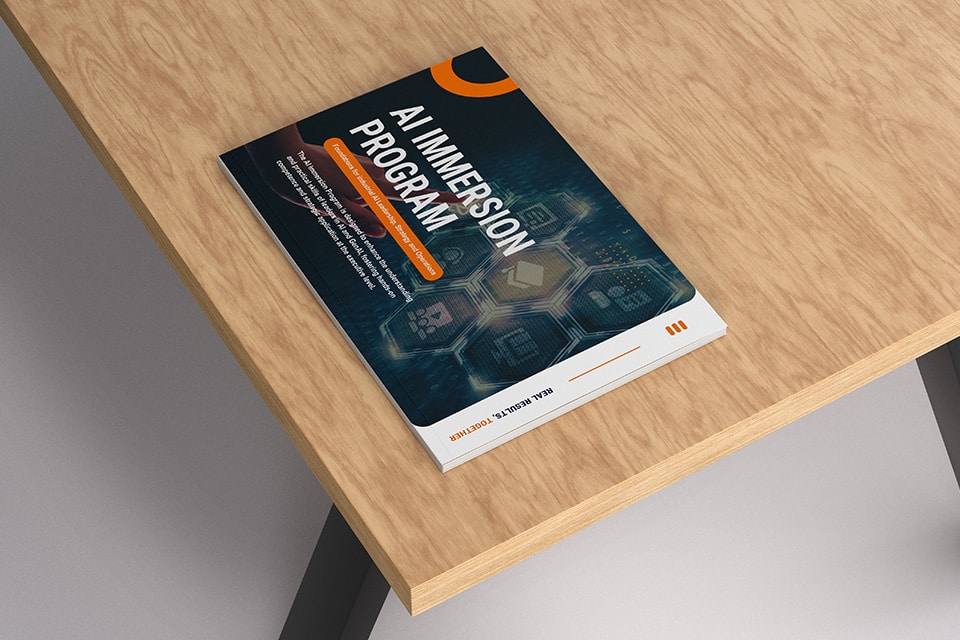

The EFESO Touch
Digital transformation succeeds only when technology, operations, and people are fully aligned. EFESO makes this happen by combining decades of operational excellence with advanced digital and AI expertise. We bring 360° competence across performance improvement, human dynamics, digital transformation, and sustainability while ensuring processes are optimized, leaders are empowered, and technology is embedded in daily practice.
Our teams cover all major business applications and IT market insight with real-world experience. From ERP and PLM to MES, APS and Industry 4.0 architectures, we align the right tools with your specific context. Supported by methods such as AI, process mining, RPA, and agile practices, we deliver innovation that is pragmatic, scalable, and sustainable. The result: pragmatic, scalable innovation and sustainable performance – helping organizations achieve impact today while building resilient, future-ready operations.

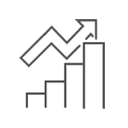



Meet Some of our Digital & AI Team Members
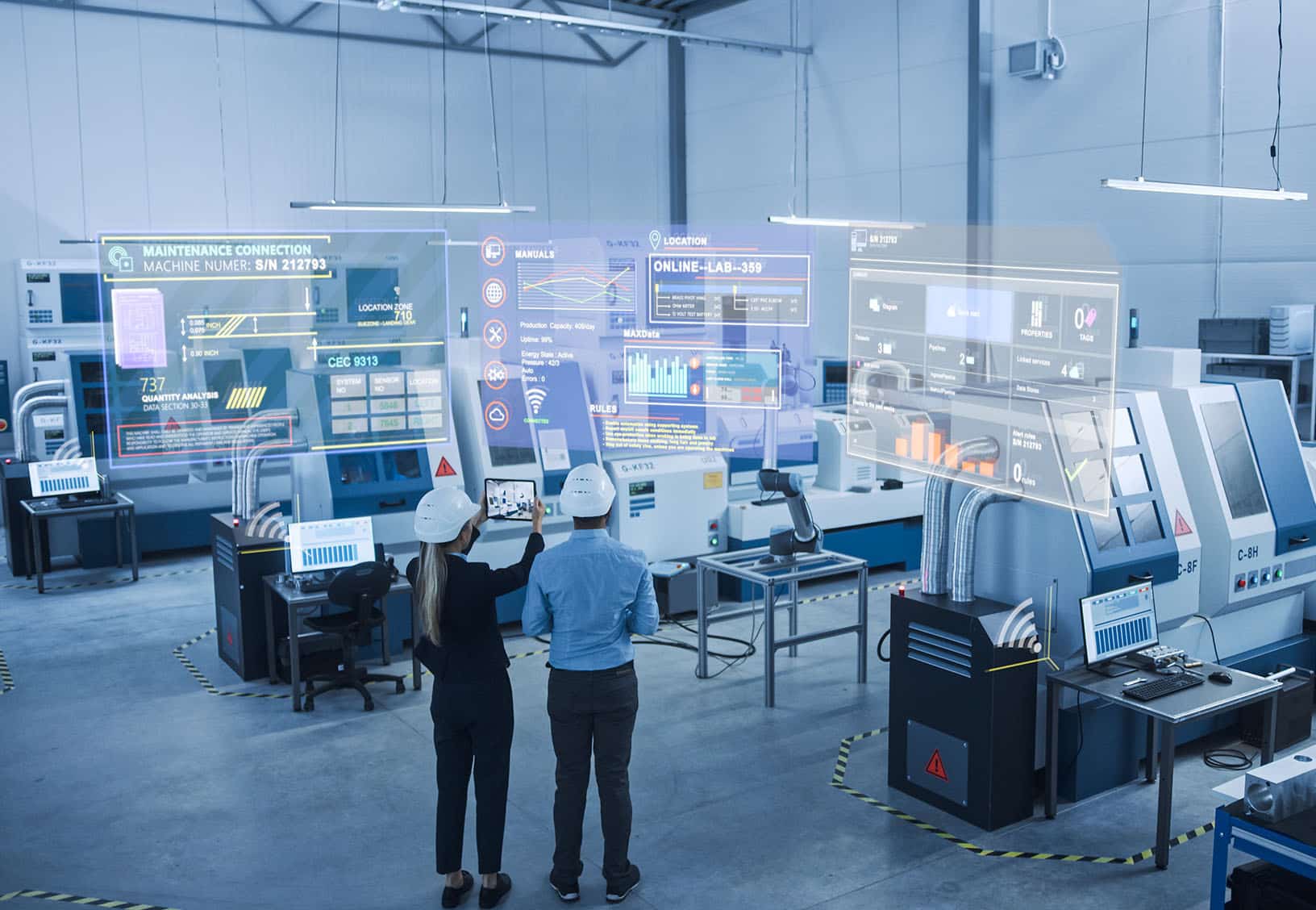
Ready to Stop Playing with Tech and Start Transforming?
- Turn pilots into plant-wide performance gains
- Stop wondering why your digital investments don’t deliver
- Get the playbook that’s driving massive efficiency gains
